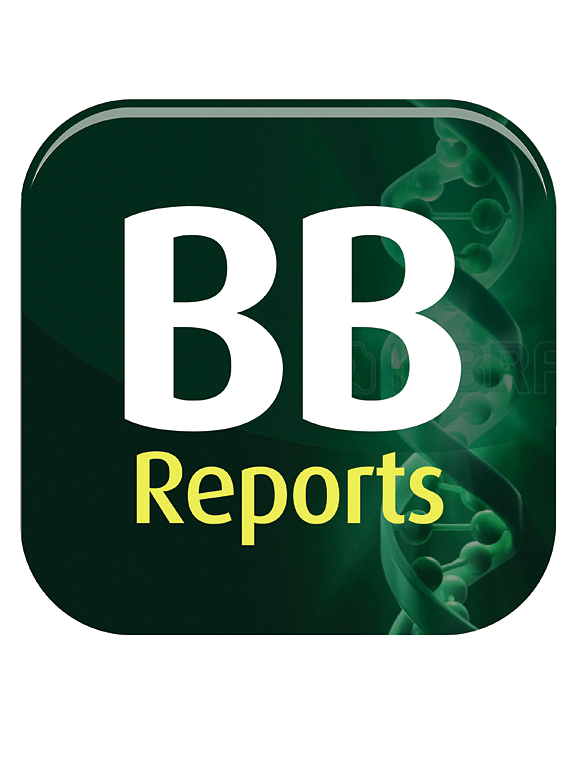KRT6A, KRT6B, PKP1, and PKP3 as key hub genes in esophageal cancer: A combined bioinformatics and experimental study
IF 2.3
Q3 BIOCHEMISTRY & MOLECULAR BIOLOGY
引用次数: 0
Abstract
Esophageal cancer (EC) is the eighth most common cancer in the world. Due to poor survival rates and severe side effects of current therapies, there is a need for a better understanding of the mechanisms and signaling pathways involved in EC. In this study, we downloaded the microarray datasets GSE157808 and GSE92396 from the Gene Expression Omnibus (GEO). Differentially expressed genes (DEGs) were identified using R software and validated through the GEPIA and TIMER databases. CytoHubba was used to extract hub genes from the overlapping DEGs. The TIMER database was employed to assess correlations between gene expression and immune infiltration. Additionally, hub gene expression was analyzed in 20 pairs of EC tissue samples through RT-qPCR and Western blot. We evaluated clinicopathological correlations and diagnostic potential. We identified 83 overlapping DEGs across the datasets. Subsequently, based on the highest number of degrees in the hub gene network, the KRT6A, KRT6B, PKP1, and PKP3 genes were selected for further experimental analysis. EC samples showed upregulated expression of these genes, consistent with our bioinformatic analysis and the GEPIA and TIMER databases. However, KRT6B protein levels were not significantly elevated. KRT6A expression was associated with lymph node metastasis, while KRT6B showed an inverse relationship with necrosis. Gene expression levels correlated with components of immune infiltration. ROC analysis indicated possible diagnostic value, while Kaplan-Meier plots showed no significant association with survival outcomes. Elevated expression of KRT6A, KRT6B, PKP1, and PKP3 is associated with EC, indicating their potential as candidates for further investigation.
KRT6A、KRT6B、PKP1和PKP3是食管癌的关键枢纽基因:生物信息学和实验相结合的研究
食管癌(EC)是世界上第八大常见癌症。由于目前治疗方法的生存率低和严重的副作用,有必要更好地了解EC的机制和信号通路。在本研究中,我们从Gene Expression Omnibus (GEO)下载了微阵列数据集GSE157808和GSE92396。用R软件鉴定差异表达基因(deg),并通过GEPIA和TIMER数据库进行验证。使用CytoHubba从重叠的deg中提取中心基因。采用TIMER数据库评估基因表达与免疫浸润的相关性。此外,通过RT-qPCR和Western blot分析了20对EC组织样本中hub基因的表达情况。我们评估了临床病理相关性和诊断潜力。我们在数据集中发现了83个重叠的deg。随后,根据枢纽基因网络中度最高的基因,选择KRT6A、KRT6B、PKP1、PKP3基因进行进一步的实验分析。EC样品显示这些基因的表达上调,与我们的生物信息学分析和GEPIA和TIMER数据库一致。然而,KRT6B蛋白水平没有显著升高。KRT6A表达与淋巴结转移相关,而KRT6B表达与坏死呈负相关。基因表达水平与免疫浸润成分相关。ROC分析显示可能的诊断价值,而Kaplan-Meier图显示与生存结果无显著关联。KRT6A、KRT6B、PKP1和PKP3的表达升高与EC有关,表明它们可能是进一步研究的候选者。
本文章由计算机程序翻译,如有差异,请以英文原文为准。
求助全文
约1分钟内获得全文
求助全文
来源期刊

Biochemistry and Biophysics Reports
Biochemistry, Genetics and Molecular Biology-Biophysics
CiteScore
4.60
自引率
0.00%
发文量
191
审稿时长
59 days
期刊介绍:
Open access, online only, peer-reviewed international journal in the Life Sciences, established in 2014 Biochemistry and Biophysics Reports (BB Reports) publishes original research in all aspects of Biochemistry, Biophysics and related areas like Molecular and Cell Biology. BB Reports welcomes solid though more preliminary, descriptive and small scale results if they have the potential to stimulate and/or contribute to future research, leading to new insights or hypothesis. Primary criteria for acceptance is that the work is original, scientifically and technically sound and provides valuable knowledge to life sciences research. We strongly believe all results deserve to be published and documented for the advancement of science. BB Reports specifically appreciates receiving reports on: Negative results, Replication studies, Reanalysis of previous datasets.
 求助内容:
求助内容: 应助结果提醒方式:
应助结果提醒方式:


